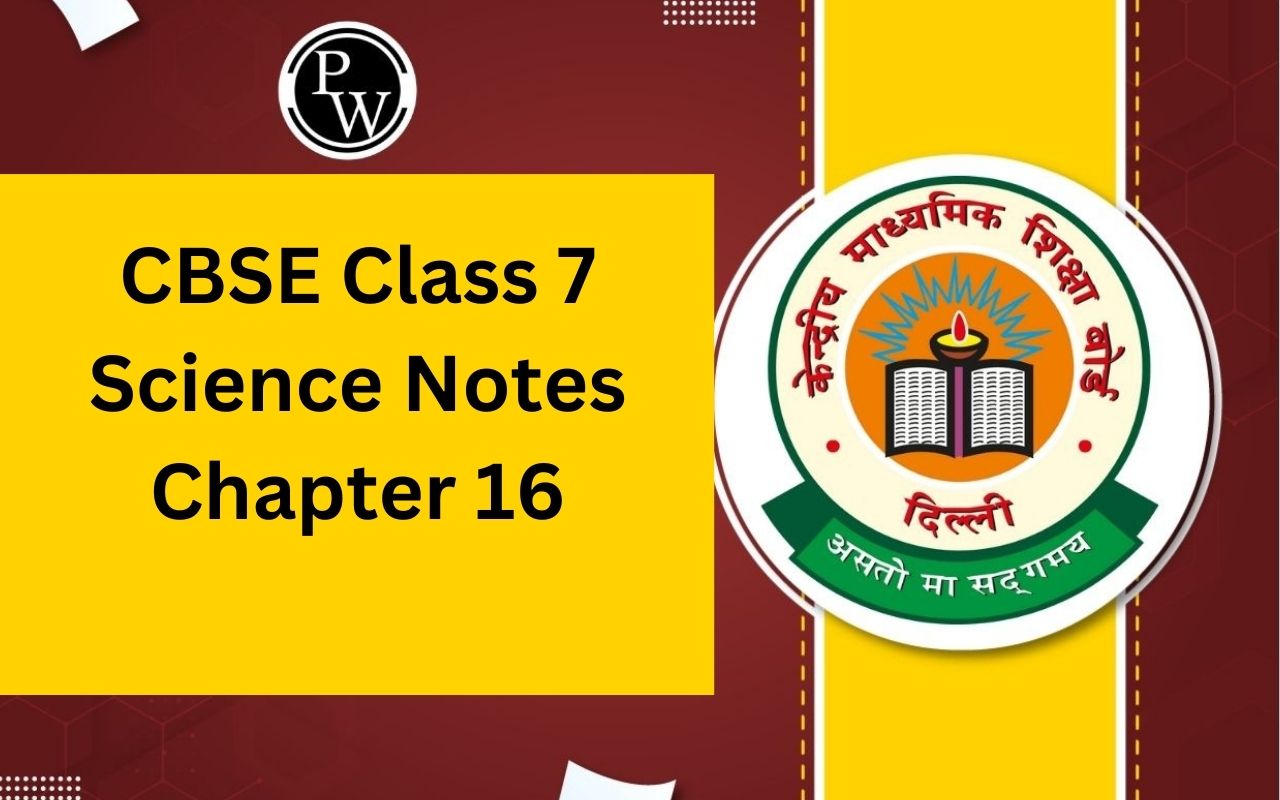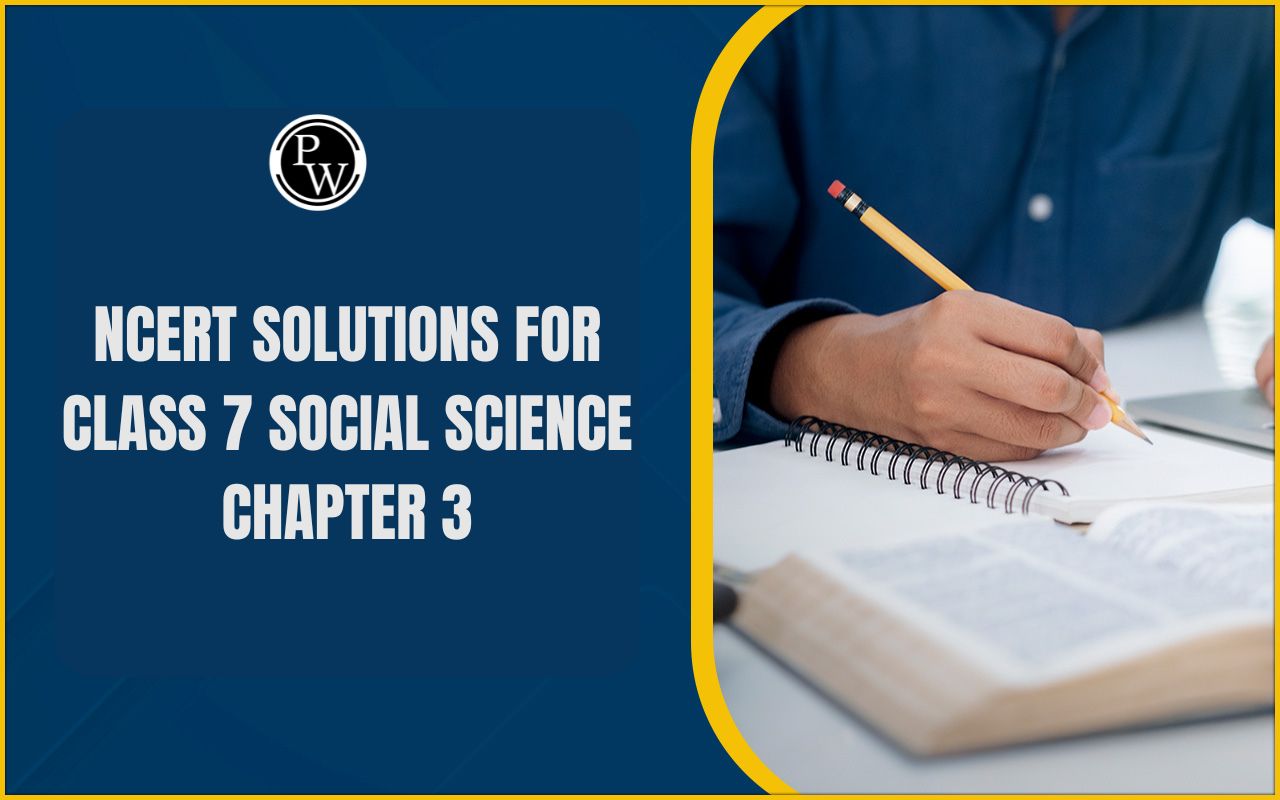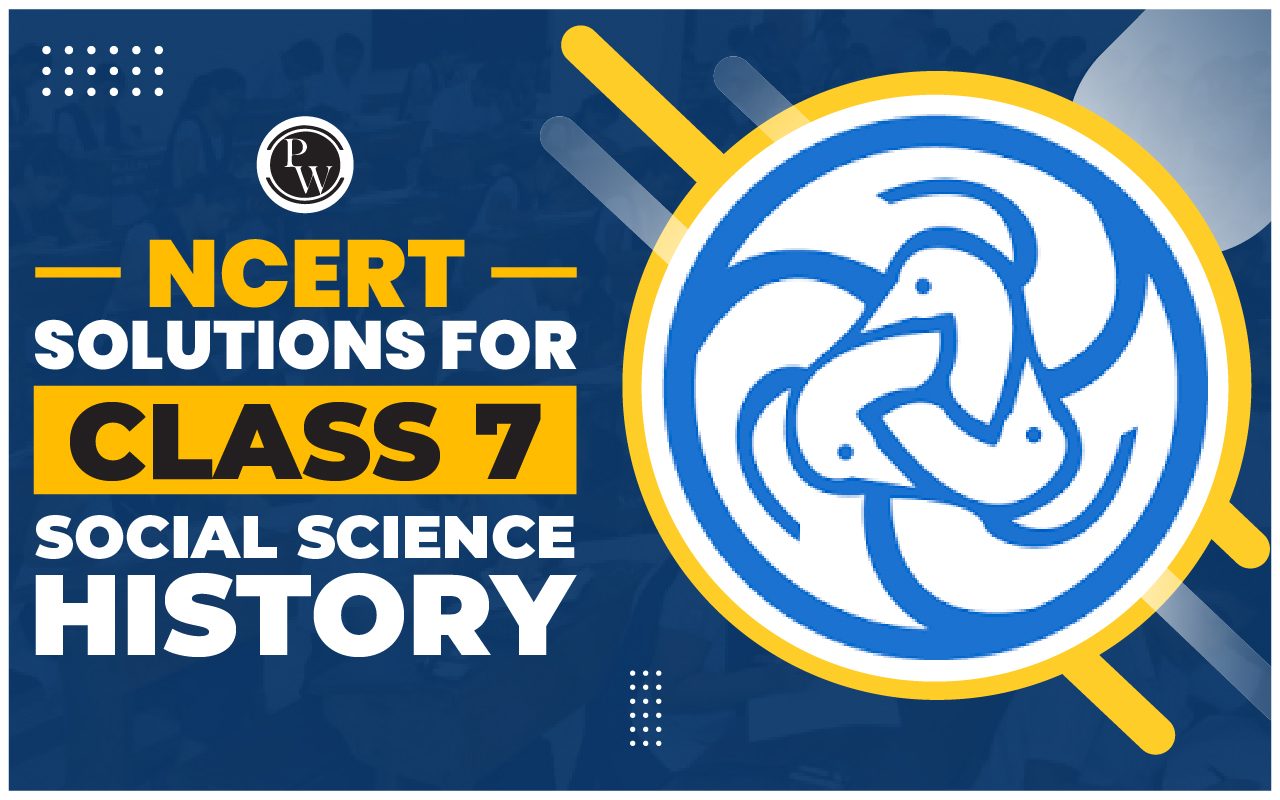

CBSE Class 7 Science Notes Chapter 16: The goal of our Class 7 Revision Notes for Water: A Precious Resource is to ensure that students fully comprehend the subject. Examine the expert-written Class 7 Science Chapter Notes to gain a comprehensive grasp of the chapter's contents.
Water: A Precious Resource Class 7 Science Revision Notes PDF is also available for download from the official website. Also, you can get our study materials and notes in one location by downloading our app. To make studying easy and engaging, each NCERT Solution is offered.CBSE Class 7 Science Notes Chapter 16 Overview
For a deeper understanding of this topic, NCERT - Class 7 Science Chapter 16 - Water: A Precious Resource, carefully crafted by knowledgeable teachers here, is your indispensable study partner. These notes help you understand new concepts and answer last-minute questions quickly and easily by breaking down the complex ideas in Water: A Precious Resource into readily consumable pieces. Spending a lot of time studying these notes helps you have a deeper comprehension of the material and improve your study skills.CBSE Class 7 Science Notes Chapter 16 PDF
Here we have provided CBSE Class 7 Science Notes Chapter 16 for the ease of students so that they can just download the pdf and use it easily without the internet. These CBSE Class 7 Science Notes Chapter 16 will help students understand the chapter better.CBSE Class 7 Science Notes Chapter 16 PDF
CBSE Class 7 Science Notes Chapter 16
Here we have provided CBSE Class 7 Science Notes Chapter 16 for the ease of students so that they can prepare better for their exams. Approximately 71% of the Earth's surface is covered in water. Not all water is suitable for ingestion by humans. Fresh water is suitable for use. All of the water on the planet is found in the atmosphere, groundwater, rivers, lakes, ice caps, seas, and oceans.Freshwater and Saltwater
The clean, naturally occurring water found in rivers, lakes, and subsurface groundwater on the surface of the Earth is known as freshwater. With some dissolved salts present, salt water is also referred to as saline water. Seas and oceans contain saltwater.Statistics of Availability of Water
71% of Earth is made up of water. Of this 71%, 97% of the water is found in seas and oceans, with freshwater found in lakes and rivers making up the remaining 3%. Of this 3% freshwater, 30% is groundwater, which is difficult to access, and 69% is found in the form of icebergs and glaciers. Only 0.006% of the remaining 1% of water is used by people for their purposes (not accessible).
Of this 3% freshwater, 30% is groundwater, which is difficult to access, and 69% is found in the form of icebergs and glaciers. Only 0.006% of the remaining 1% of water is used by people for their purposes (not accessible).
Origin of Water
It was discovered that a specific kind of meteorite is the source of the water. Lakes, rivers, ponds, etc. are the main sources of water for human consumption. The Earth's water has the same chemical makeup as certain meteorites.Physical Properties of Water
The physical characteristics of water Water has no color and no smell to it. Water is a metamorphic substance. As an illustration, consider the states of liquid to solid and vice versa, as well as liquid to gaseous.Water Forms
Water on earth can be maintained for millions of years by various processes that make the water cycle. Water circulates in the water cycle which is found in three forms. They are: (i) Solid: Snow-covered Mountains and glaciers. (ii) Liquids: Oceans, lakes, rivers, and underground. (iii) Gaseous: Water vapor in the atmosphere.Water cycle
Another name for it is the hydrologic cycle. The term "water cycle" refers to the ever-present flow of water either above or below the earth's surface.
The earth's water balance is relatively steady over time, however, individual molecules of water can enter and exit the atmosphere.
The term "water cycle" refers to the ever-present flow of water either above or below the earth's surface.
The earth's water balance is relatively steady over time, however, individual molecules of water can enter and exit the atmosphere.
Steps of the water cycle:
I. Groundwater II. Evaporation III. CondensationGroundwater
A significant amount of water is stored underground as groundwater. Water is found in the pore spaces of soil and the cracks in rock formations beneath the surface of the earth.
The topmost stratum is the water table.
Below the water table is where groundwater is located.
Infiltration: The process of water seeping into the earth is referred to as infiltration.
Aquifer: below the water table, water is held between layers of hard rocks and is referred to as an aquifer.
Water is found in the pore spaces of soil and the cracks in rock formations beneath the surface of the earth.
The topmost stratum is the water table.
Below the water table is where groundwater is located.
Infiltration: The process of water seeping into the earth is referred to as infiltration.
Aquifer: below the water table, water is held between layers of hard rocks and is referred to as an aquifer.
Infiltration - The process by which water accumulates into the ground by traveling through the soil pores is called Infiltration .

Aquifer - The underground layer of rocks that contain water present between their cracks and empty spaces is called Aquifer .
Depletion of water table
The water table may drop if there is insufficient replenishment of water. The cause is a growing population, industries, agricultural practices, a reduction in the region where rainwater can seep, deforestation, and insufficient rainfall. If we continue to extract more water from a location than is being replenished by rainfall, the water table of that location may drop. Depletion of the water table can be caused by several factors:
If we continue to extract more water from a location than is being replenished by rainfall, the water table of that location may drop. Depletion of the water table can be caused by several factors:
Growing Number of People
A region's need for freshwater increases dramatically as its population grows. This indicates that further water is needed. Additionally, when the population grows, there is a greater need for space, which prompts the creation of more homes, businesses, industries, structures, and roadways. There are fewer locations such as parks, grounds, and forests. Because concrete floors and roads prevent water seepage, all of this lessens the chance that precipitation will get into the soil particles. This indicates a greater need for the use of groundwater relative to the restocking of water tables. The water table in that area is lowered as a result.Growing Sectors
Water is necessary for every industry's production process. Greater amounts of water are extracted from the earth as the number of industries rises. As a result of everything, the water table is lowered.Practices Related to Agriculture
Farmers utilize groundwater to irrigate their land for crops when there is little or no rainfall. Over time, this lowers the water table.The clearing of forests
We are aware that trees and plants maintain the boundaries of the soil and enable water to be absorbed by it. When you uproot them, the top layer of soil is exposed, which is readily washed away. This has an impact on that area's water table.Minimal Rainfall
The subsurface water table is typically low in areas with little to no rainfall.Water Harvesting or Rainwater Harvesting
 Most of the time, rainwater that falls on earth is left to run off.
On the other hand, it can be preserved and utilized to raise Earth's groundwater levels. rainfall harvesting is the practice of keeping rainfall from evaporating and storing it for use in domestic or commercial settings, such as recharging groundwater supplies or completing home tasks.
Most of the time, rainwater that falls on earth is left to run off.
On the other hand, it can be preserved and utilized to raise Earth's groundwater levels. rainfall harvesting is the practice of keeping rainfall from evaporating and storing it for use in domestic or commercial settings, such as recharging groundwater supplies or completing home tasks.
Bawris
Creating Bawris was a traditional method of storing water. Rainwater was once gathered at Bawris. But with time, fewer people used them. Now that there hasn't been much rain, people are employing them once more to address the issue of water storage.Drip Irrigation
Farmers utilize this allocation strategy to irrigate their land. In this method, water is let to trickle into the plants gradually, directly reaching their roots. This reduces evaporation, conserves water, and makes it easier for the nutrients to get to the plants. In drip irrigation, water is delivered to the plant roots through narrow tubes.
How can we save water?
There are various approaches we can take to reduce water waste: To avoid wasting water when brushing or washing your face, always keep the taps closed. It should only be used when necessary. Any leaking water taps should be fixed right away. Take a bath in a bucket rather than a shower. Instead of using running water, sweep the floor and wash your car using leftover laundry water. To prevent the water from evaporating right away, water your plants in the morning or the evening. Because it requires a lot of water to irrigate the fruits and vegetables, don't throw away food. Water should not be thrown away needlessly. Take care when using water.Water management
The groundwater that precipitation brings with it simply runs off. Groundwater is replenished by rainwater. It's known as "water harvesting." In India, water is stored and replenished through the Bawris. It was the customary method of gathering water. Water-saving irrigation systems include drip irrigation. With the use of pipes, water is given to the plant roots drop by drop in this technique. We should turn off taps while bathing. Map the floor instead of washing. Use a bucket instead of a bathtub.Reasons for the scarcity of water:
Deforestation. Uneven distribution of rainfall. Scanty rainfall. Increasing industries. Increasing population rate.Effect of Water Scarcity on Plants
To grow by taking up nutrients from the soil, plants require water. Insufficient water intake hurts the health and growth of the plant, leading to its eventual death.Evaporation/Transpiration
The transition from a liquid to a gaseous phase is known as evaporation. Water evaporates from the leaf surface during transpiration through microscopic pores called stomata.Condensation
Condensation is the physical state transition from a gaseous to a liquid phase.Precipitation
Water vapor condenses in the sky to form rain, snow, hail, and other precipitation-producing water droplets that grow heavy and fall to the ground.Benefits of CBSE Class 7 Science Notes Chapter 16
Take a trip through our Revision Notes for Class 7 Science Chapter 16 and learn about the value of water as a scarce resource. These notes clarify the complicated issues of water conservation and preservation, acting as a useful compass. Conceptual Summaries: Quickly understand the significance of water as a resource by dissecting the main ideas and difficulties it poses. Simplified Understanding: Make sense of the complicated ideas around water conservation by breaking them down into digestible insights. Last-Minute Water Wisdom: A dependable tool for cramming for final exams, this resource makes sure you understand the essentials of water as a valuable resource. Improved Memory Retention: Consolidate your knowledge of important water conservation facts, reiterating them to support your learning. Strategic Exam Preparation: Providing you with chapter-specific guidance and essential points to make sure you're ready to take on water conservation-related questions. Time-Efficient Learning: Get organized knowledge quickly and concentrate on effectively grasping the significance of water in our lives. Determine which questions and topics are most important when it comes to water conservation. This will help you focus your study efforts. Real-World Water Connections: Gain insight into the pragmatic uses of water conservation by utilizing examples that link theoretical ideas to actual situations.CBSE Class 7 Science Notes Chapter 16 FAQs
What is water a precious resource class 7?
Water is considered a precious resource because it is essential for all forms of life. It plays a crucial role in various ecosystems and is vital for human activities such as drinking, agriculture, and industrial processes.
What is water class 7 chemistry notes?
Water is an inorganic chemical substance which is the main constituent of the hydrosphere. It is tasteless, transparent, odorless, and nearly colorless substance present in almost all known living organisms. It does not provide any calories or organic nutrients but still is vital for all known forms of life.
Why is freshwater precious class 7?
This fresh water can be obtained from underground rivers and lakes. Even then, just 1 percent of our freshwater is easily accessible, with much of it trapped in glaciers and snowfields. Water is a basic and crucial need for all living beings. There can be no existence of living lives without it.
🔥 Trending Blogs
Talk to a counsellorHave doubts? Our support team will be happy to assist you!

Free Learning Resources
PW Books
Notes (Class 10-12)
PW Study Materials
Notes (Class 6-9)
Ncert Solutions
Govt Exams
Class 6th to 12th Online Courses
Govt Job Exams Courses
UPSC Coaching
Defence Exam Coaching
Gate Exam Coaching
Other Exams
Know about Physics Wallah
Physics Wallah is an Indian edtech platform that provides accessible & comprehensive learning experiences to students from Class 6th to postgraduate level. We also provide extensive NCERT solutions, sample paper, NEET, JEE Mains, BITSAT previous year papers & more such resources to students. Physics Wallah also caters to over 3.5 million registered students and over 78 lakh+ Youtube subscribers with 4.8 rating on its app.
We Stand Out because
We provide students with intensive courses with India’s qualified & experienced faculties & mentors. PW strives to make the learning experience comprehensive and accessible for students of all sections of society. We believe in empowering every single student who couldn't dream of a good career in engineering and medical field earlier.
Our Key Focus Areas
Physics Wallah's main focus is to make the learning experience as economical as possible for all students. With our affordable courses like Lakshya, Udaan and Arjuna and many others, we have been able to provide a platform for lakhs of aspirants. From providing Chemistry, Maths, Physics formula to giving e-books of eminent authors like RD Sharma, RS Aggarwal and Lakhmir Singh, PW focuses on every single student's need for preparation.
What Makes Us Different
Physics Wallah strives to develop a comprehensive pedagogical structure for students, where they get a state-of-the-art learning experience with study material and resources. Apart from catering students preparing for JEE Mains and NEET, PW also provides study material for each state board like Uttar Pradesh, Bihar, and others
Copyright © 2025 Physicswallah Limited All rights reserved.
Get App










